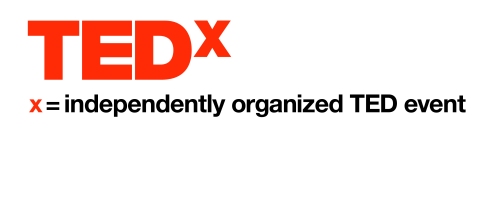The Challengers Almanac is no ordinary book. It’s a collection of stories and wisdom written by people who aren’t afraid to challenge the status quo, and I’m thrilled to be included.
It all started with a talk I did for She Says, alongside other ‘disruptors’ including the wonderful Olivia Knight from Patchwork Present, following which I was invited to contribute. My story is about how to do Marketing ‘Gangnam Style’ (stay with me now), because there’s much to learn from one of the greatest cultural phenomenon of our time, in fact we owe it to ourselves. As uncomfortable as it may feel to operate outside of your comfort zone, it’s better to be a disruptor than to be the disrupted (the only real alternative).

The Challenger’s Almanac has been curated by Mark Em and Meg from Sideways, while photographers Alastair Sopp, Rasmus Keger and tattoo artist Josh Vyvyan have provided the stunning visuals.
We’re fuelled by people who have created businesses that are worth more than just profit. People that are led by their ideas, that take the road less travelled, that see business as an opportunity to create positive change. Built by a group of creative people who have given their skills and time to the project, The Challenger’s Almanac is a year round resource full of inspiration and practical advice.

The team have launched a Kickstarter campaign to raise funds for the first issue. With just three days to go, they have already tripled their target with backers from all over the globe (but still appreciate all the support they can get!).
Make a pledge here for your copy and become part of this extraordinary bunch of challengers….
The godfather of Challenger Brands. The speaker of one of the most watched TedTalks of all time. The A-list celebrity revolutionising family products. The accountant who is redefining client relationships. The man who is getting his town making jeans again. The women who is helping to fix the future. The eyewear brand that’s given 500,000 pairs of glasses to people in need. The clothing company who wrote a manifesto celebrated by over 100 million people. The market researchers that take inspiration from freaks and geeks. The scheme that takes a small amount of turnover and changes the world with it. The designers who have visually branded some of the world’s most successful Challengers. The guy heading up the rise of the maker.The paint company taking on its industry. The certification that represents the world’s most responsible brands. The young entrepreneur whose business is a force for good. The beer club that champions the little guys. The founder of the nicest creative blog in the world. The women who champion equality in the workplace. The cartoonist who consults for the world’s biggest brands. The creatives carving out time for creativity. The travel company with a thirst for new challenges. The guys who stand for doing the things that matter. The agency that rebels against traditional marketing. The sustainable apparel company creating a new category. The confectionary company with a penchant for good. The woman who will change the way people give. The serial entrepreneur who thrives on failure. The King of Shoreditch.



